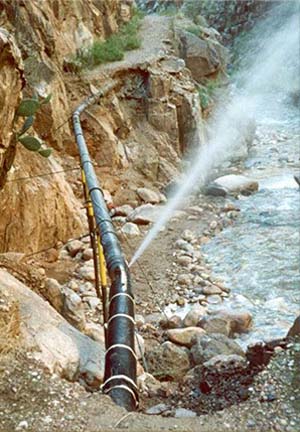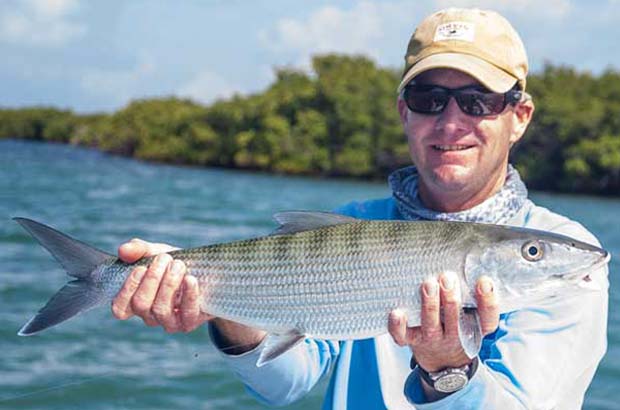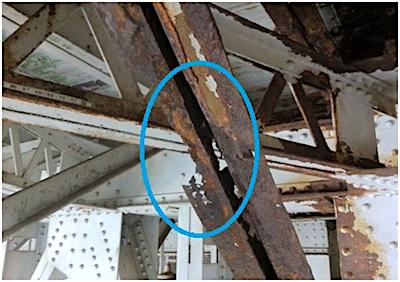Meanwhile, our National Park’s are crumbling all around us
[dropcap]O[/dropcap]n April 27, 2016 Interior Secretary Jewell celebrated her final year in office over barbecue and beer at the Potomac Boat Club in Washington DC. She thanked American sportsmen and women who speak up for conservation funding, habitat management, and the protection of public lands access. The event was hosted by the Theodore Roosevelt Conservation Partnership.
The Wall Street Journal (WSJ), along with several other news outlets, picked up on stories of decay overtaking our National Parks (and military). All reports suggesting obvious fixes that seem to confuse the government and befuddle the guardians of finance, the United States Congress. At stake are world-class fisheries of our national parks such as: Everglades National Park, Yosemite National Park (much of the west), almost all of Alaska and the length of the Great Smokie Mountains, and more, lots more.
Here is the Journal’s configuration of the story by Shawn Regan (along with Reed Watson) titled in WSJ: National Parks: Lost in the Wilds of Neglect. The maintenance backlog is $12 billion—and it shows. Here’s how to start afresh.

Water spraying from a break in an exposed section of the trans-canyon pipeline after a flash flood in January 2014. Photo courtesy of the NPS.
You might not have realized it, but National Park Week just wrapped up. President Obama, in an official proclamation, had invited Americans to “embrace the opportunity to participate in a variety of scientific, artistic, and athletic activities in our National Parks.” Unfortunately, those who did might have been disappointed. After decades of neglect, the Park Service has reported a backlog of $12 billion in deferred maintenance projects, and it shows.
Visitors are increasingly met with crumbling roads, trails and facilities. A leaky sewer system in Yosemite has spilled raw sewage into the park’s streams. Mold and rodents have contaminated a visitor center on Wisconsin’s Apostle Islands. At the Grand Canyon, an 83-year-old water pipeline, the park’s only source of drinking water, breaks five to 30 times each year. Forty percent of park roads nationwide are in “fair” or “poor” condition, according to the National Park Service, while more than one-third of trails are “poor” or “seriously deficient.”
It doesn’t have to be like this. Here are five ways to turn around America’s national parks
NOTE: The following are some recommendations as suggested by PROPERTY AND ENVIRONMENT RESEARCH CENTER (PERC). Scroll down for complete PERC report.
• Stop acquiring new lands, and give priority to the care and maintenance of existing ones. Over the past decade, the federal government created more than 20 new national parks. During the same period, it skimped on routine care of existing parks, and the maintenance backlog increased 30%. Congress should reform federal land-acquisition programs, such as the Land and Water Conservation Fund, to require that existing properties be well kept before more are acquired.
• Sell unneeded lands and use the revenues to address the maintenance backlog. With 640 million acres under its control the federal government can afford to shrink its portfolio. Some federal agencies have already identified excess lands suitable for sale. Under the Federal Land Transaction Facilitation Act, which expired in 2011, the feds sold thousands of acres of scattered parcels near Las Vegas and Phoenix, generating hundreds of millions of dollars. Congress should reauthorize the legislation and devote the revenue to maintaining national parks.
• Affirm park managers’ authority to set their own fees and keep the revenues locally. Many parks have fees—$30 for a week-long pass to Yellowstone or $25 for camping in Arches National Park—that provide supplemental revenue. Park managers, not distant politicians, decide how this money is spent, which is why it often goes toward critical maintenance. But the Park Service’s authority to charge and retain user fees is set to expire in 2017. Congress should renew this authority and ensure that park managers have the flexibility to implement recreation fees as needed.
• Tap the private economy to tackle infrastructure challenges and park operations. Lawmakers should look to public-private partnerships to shore up park infrastructure. The model works: In 2014, Pennsylvania hired a private consortium to rebuild 558 bridges throughout the state. Under the $899 million contract, the companies will maintain the bridges over the next 25 years. The U.S. Forest Service also regularly outsources maintenance and operations to private firms, while maintaining public oversight. Today, about half of the campgrounds in national forests are leased to private entrepreneurs, who operate and maintain them. The National Park Service, however, has yet to take advantage of such partnerships.
• Create a franchising system for new national parks. Congress should establish a procedure whereby new parks could be owned and managed by private entities under standards and rules established by the Park Service. Tallgrass Prairie National Preserve in Kansas, which is jointly managed by the Nature Conservancy and the Park Service, provides an example. The federal government owns only 30 acres of that 11,000-acre preserve. Similarly, if an area warrants national-park status, it could use the National Park Service brand but remain owned and operated under private management.
The National Park Service celebrates its 100th anniversary later this year. An appropriate gift for the system would be to find ways of making it less reliant on Washington politicians
Mr. Regan, a former National Park Service ranger, is a research fellow at the Property and Environment Research Center (PERC) in Bozeman, Montana.
For more read The Deseret News . . .
To read a more in-depth report go to the PERC report . . .
NOTE: Featured Image: Capt. Duane Baker, a Bonefish & Tarpon Trust Conservation Guide of the Month, shows off a nice Florida Keys bone. BTT image.







